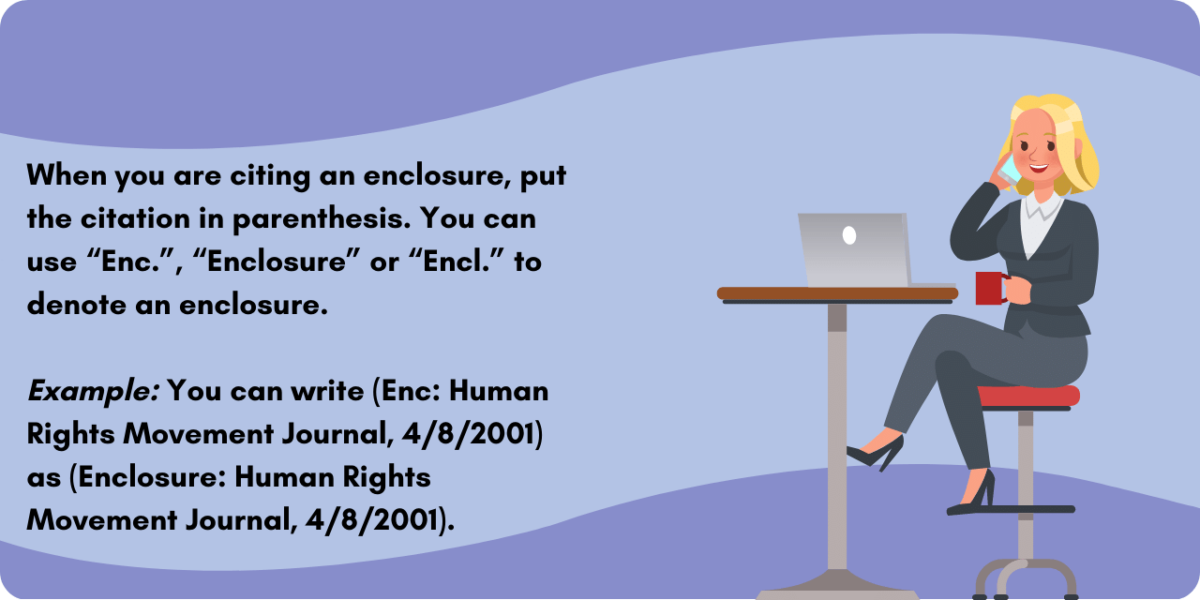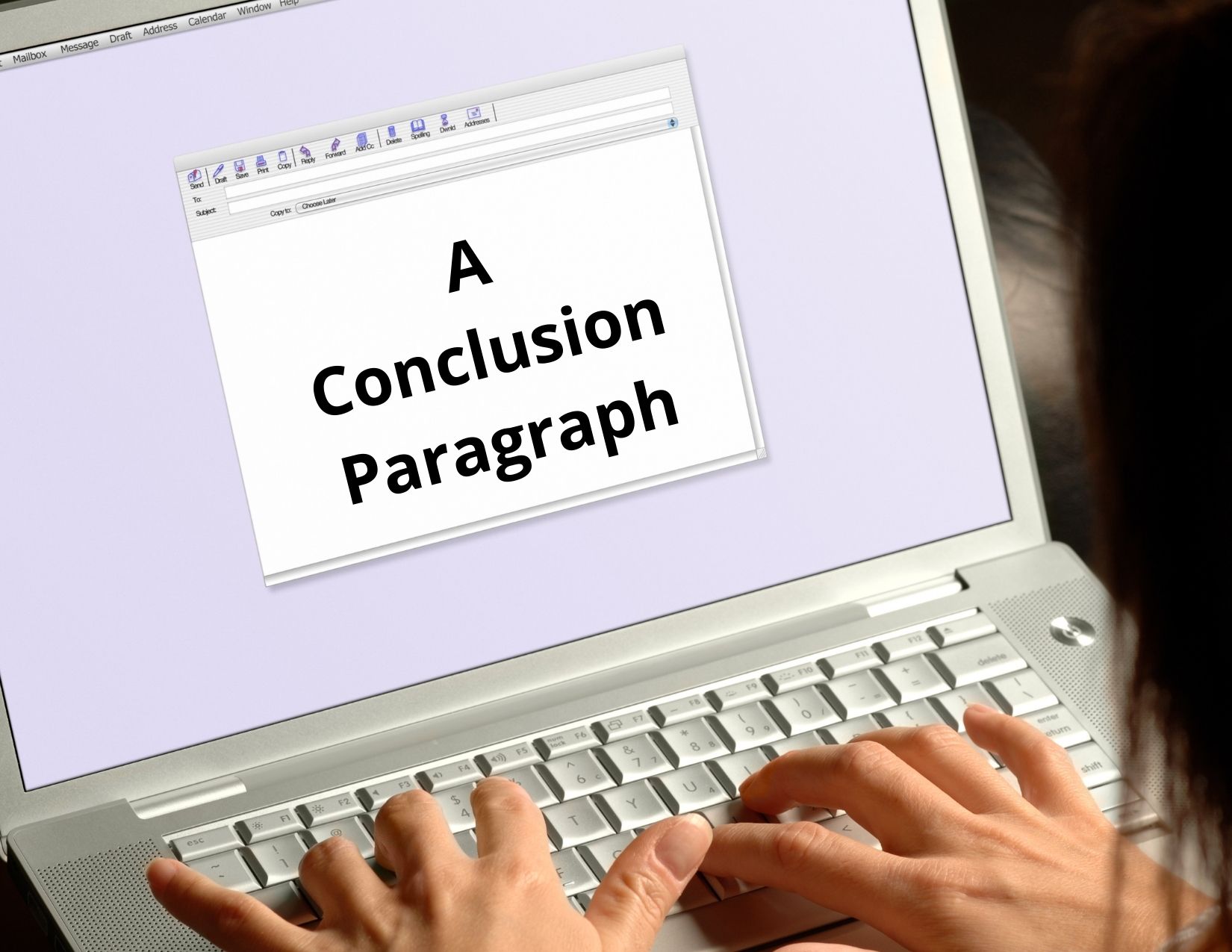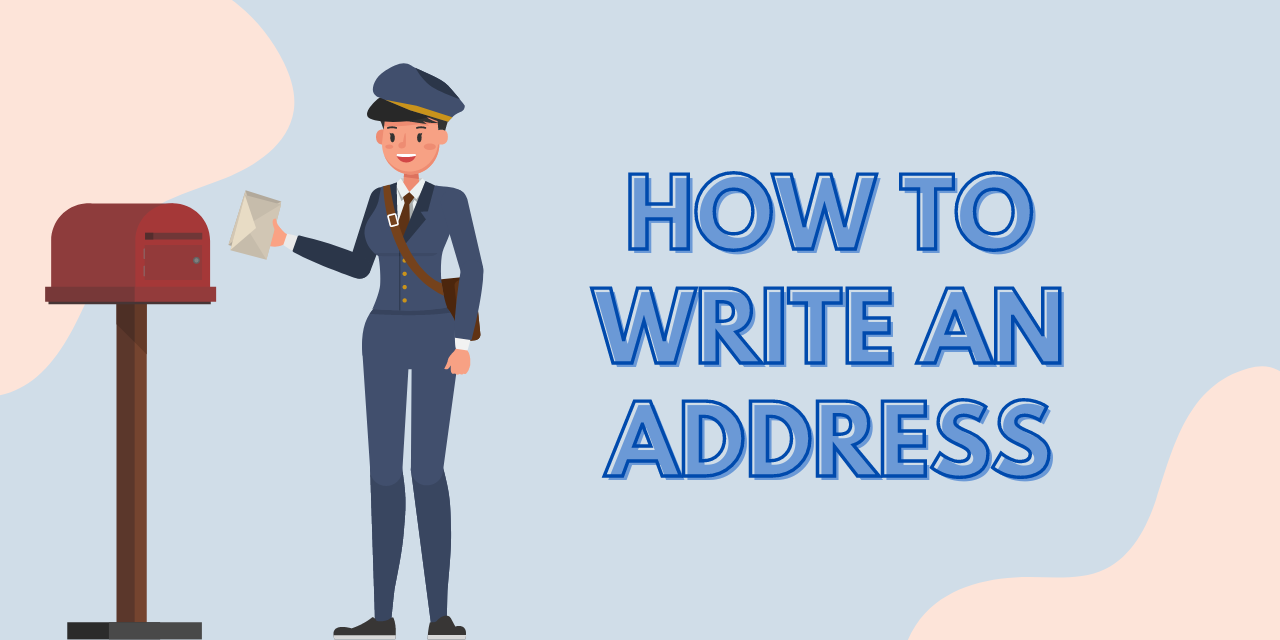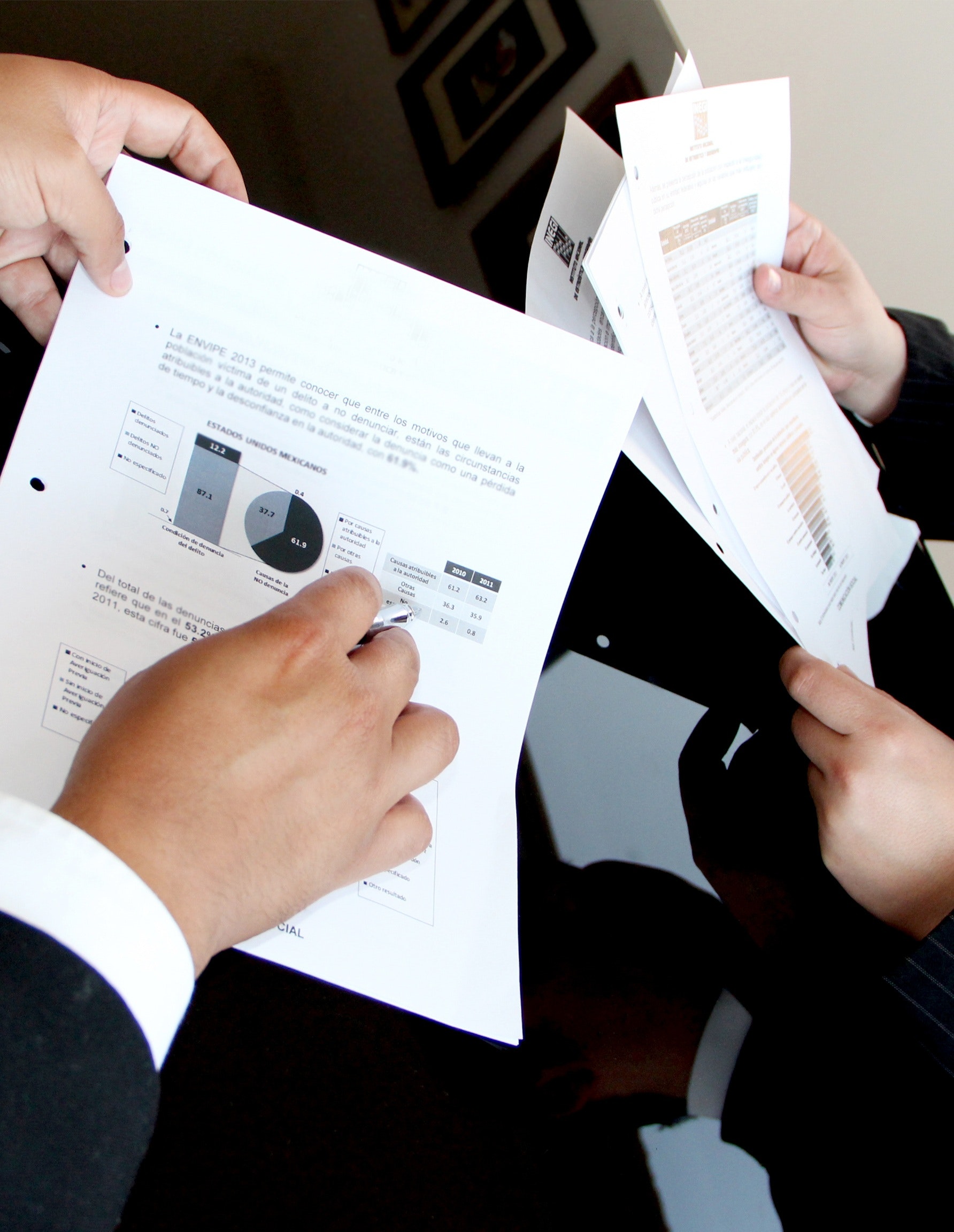Whether you’re a business executive or an employee who is frequently assigned to write business letters, knowing how to construct your business letter in a professional format will help others take your business seriously. Every so often — especially if you are preparing for a larger meeting or report — you will have to send out an enclosure along with your letter. Though it may seem like a separate document that can be “enclosed” with the letter, it actually must be handled in a very particular way.

What is an Enclosure?
An enclosure is an additional stand-alone document that you include in a business letter as needed. You do not have to explain this document’s purpose in the business letter. The recipient should be able to understand what it is without having to read the letter. More often than not, nothing of the enclosure is included in the body of the letter. You do need to include a brief enclosure citation to alert the reader that there is an additional document(s) that comes with the letter.
Enclosures versus Attachments
Contrary to what most people think, in this context, an attachment is not another word for an enclosure. They are similar but quite distinct from each other. While an enclosure stands alone, an attachment does not.
An attachment is an external document that sheds more light on the content of the business letter. It could be anything from a data spreadsheet detailing statistics in the letter or bank information confirming a particular financial claim. Both of these documents offer explanations or are an extension of the letter’s content and can highlight its key points. Unlike an enclosure, a writer usually refers to the documents attached in a business letter.
Enclosures are documents that are included in the letter but not necessarily referred to in the letter. Sending your resume with your cover letter is a perfect example. You do not need any context from the cover letter to understand what is written in the cover resume. The same goes for a market survey chart or brochure. These are all examples of enclosures.
Citing an Enclosure
When you write an informal letter to someone, in the body of the letter, you can inform the recipient that you enclosed or attached something. This is perfectly fine. The same cannot be said for formal letters, though. When you are writing a formal letter, there is a right and wrong way of citing.
As it is with attachment citations, you place enclosure citations at the bottom of letters, usually just below the writer’s signature or initials.
When you are citing an enclosure, put the citation in parenthesis. You can use “Enc.”, “Enclosure” or “Encl.” to denote an enclosure. So, you can write (Enc: Human Rights Movement Journal, 4/8/2001) as (Enclosure: Human Rights Movement Journal, 4/8/2001).
How to Reference Multiple Enclosures
What if you have more than one enclosure? In this case, they are cited the same way. If you choose to abbreviate, “Enclosure” should be in the plural form: Enclosures, Encs., or Encl.
This isn’t a requirement, but we strongly suggest doing so, so the recipient knows to expect more than one document. This way, they can contact you in case something is missing.
You can also just state the number of enclosed documents without actually writing out their names. (Enclosures: 4) means that you have enclosed four documents. The only disadvantage to just listing the number of enclosures is that the recipient has no idea which documents to expect, just how many documents they should find with the business letter.
If you cite a document in your letter but did not include it with the letter, then let the recipient know. This way, they aren’t looking for something that shouldn’t be there in the first place. Note this as (w/o Enclosures).
Additional Pointers When Dealing With Enclosures
- Avoid including too many enclosures when writing a business letter. If you include too many enclosures, the recipient may grow weary and not even take a look at them at all.
- (Enclosures: product brochure (1), product photos (2)) and (Enclosures (2)) are both ways of letting the recipient know that there are two enclosures.
- Type your enclosure after your closing remark and your name or signature
- If you have multiple enclosures, you can abbreviate the word with “Encl.” There is no need to add an’s’ to this particular abbreviation.
- Try to make everything as clear and concise as possible. Your enclosed documents should be easy to recognize. The title of the documents should also be the title of the enclosures if you are listing them. You want the recipient to understand which document is what easily.
- Order your enclosures as they appear in your citation. Keeping everything in order makes for a better organized and more easily accessible document.
- You can add additional descriptions to the enclosures when you find it necessary. Inform the recipient if you need them to return any of the documents. For instance, if you enclosed an original copy of your academic transcript with two photocopies and need the original back, this is how you would handle it.(Enc: Original Academic Transcripts (with two additional photocopies)).Then, somewhere in the body of your business letter, preferably towards the end of it, mention that you need the original transcript returned.
Take Away
Although the terms enclosure and attachments are used in the same context, they are not the same. Knowing what both terms mean and how to apply them independently when writing a business letter will give your work a more competitive edge and a sense of professionalism. It is a small detail, but one that separates the experienced from inexperienced office worker.
Citing your enclosures also helps the recipient navigate your content with minimal effort. Not to mention, citing an enclosure lets a recipient know when they may be missing a document. Instead of showing up to a meeting confused as to why everyone else got the enclosure but they didn’t, they can contact you directly requesting it.






